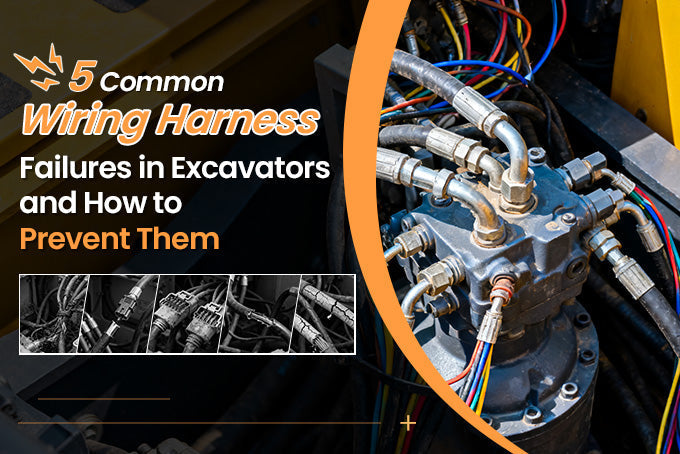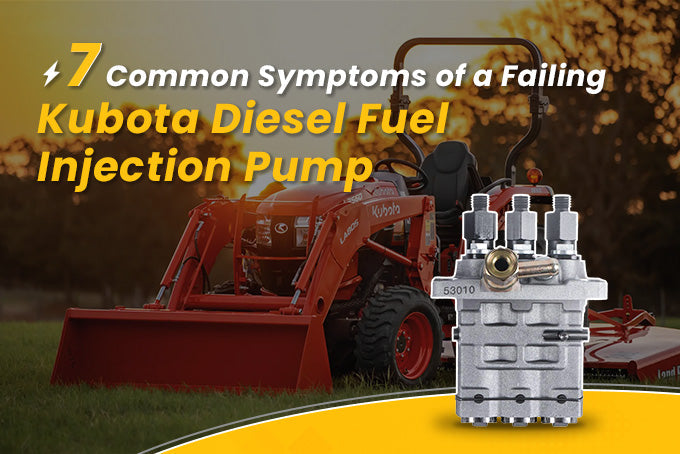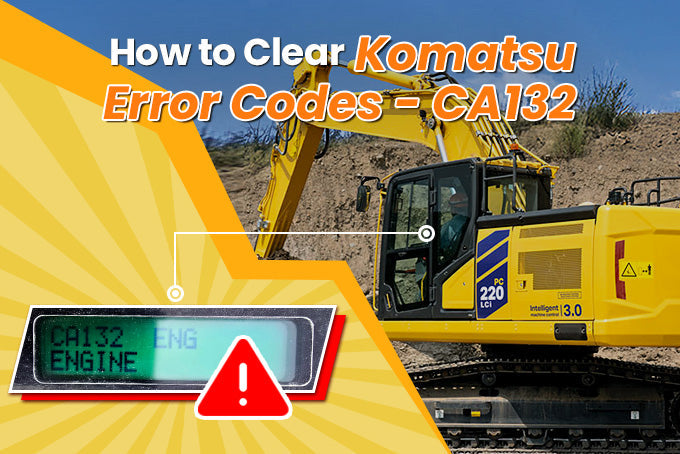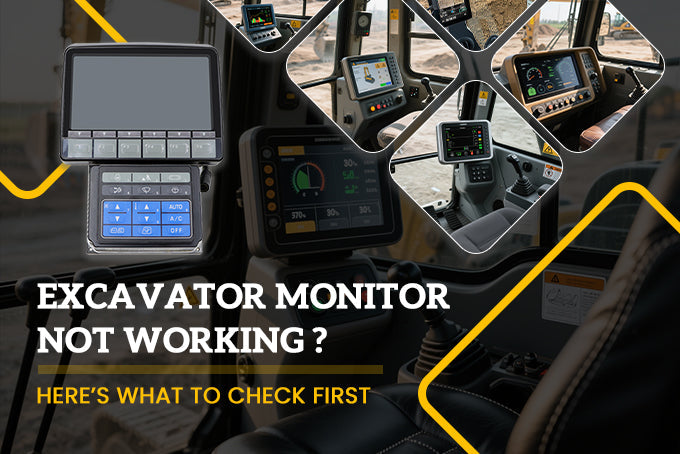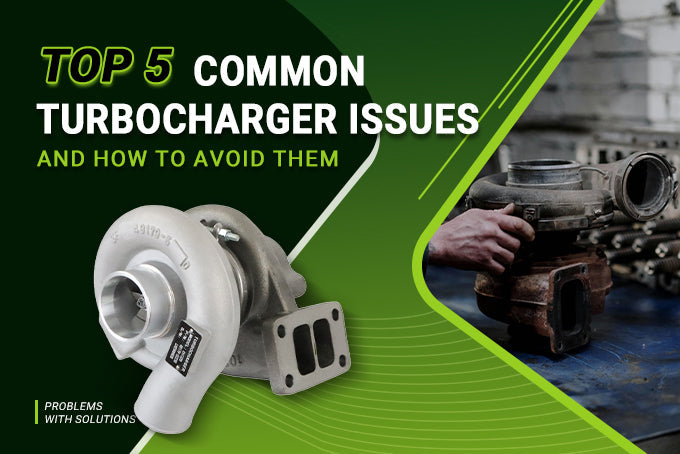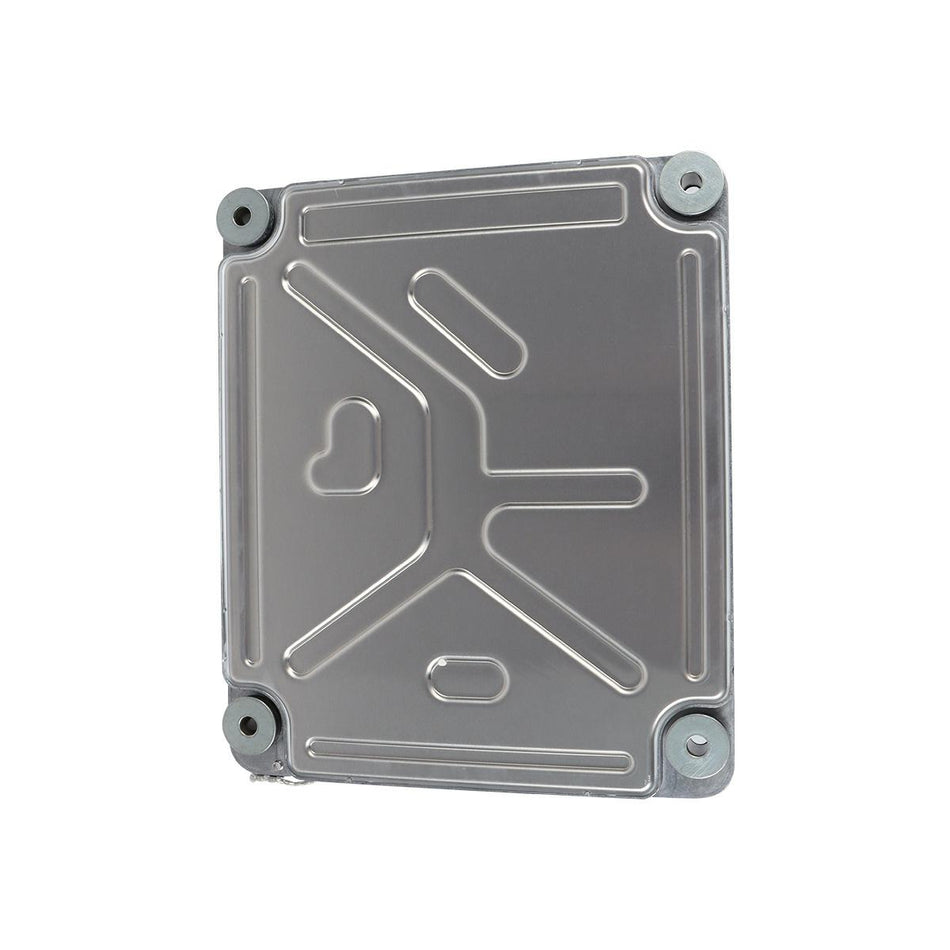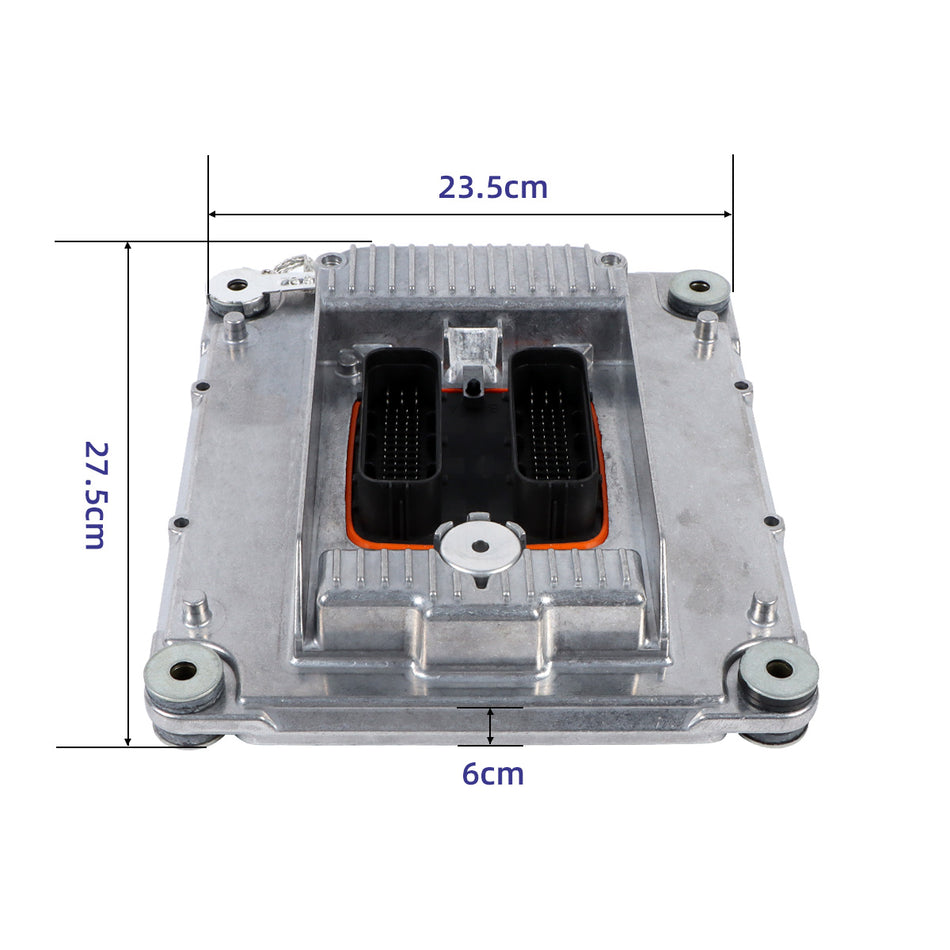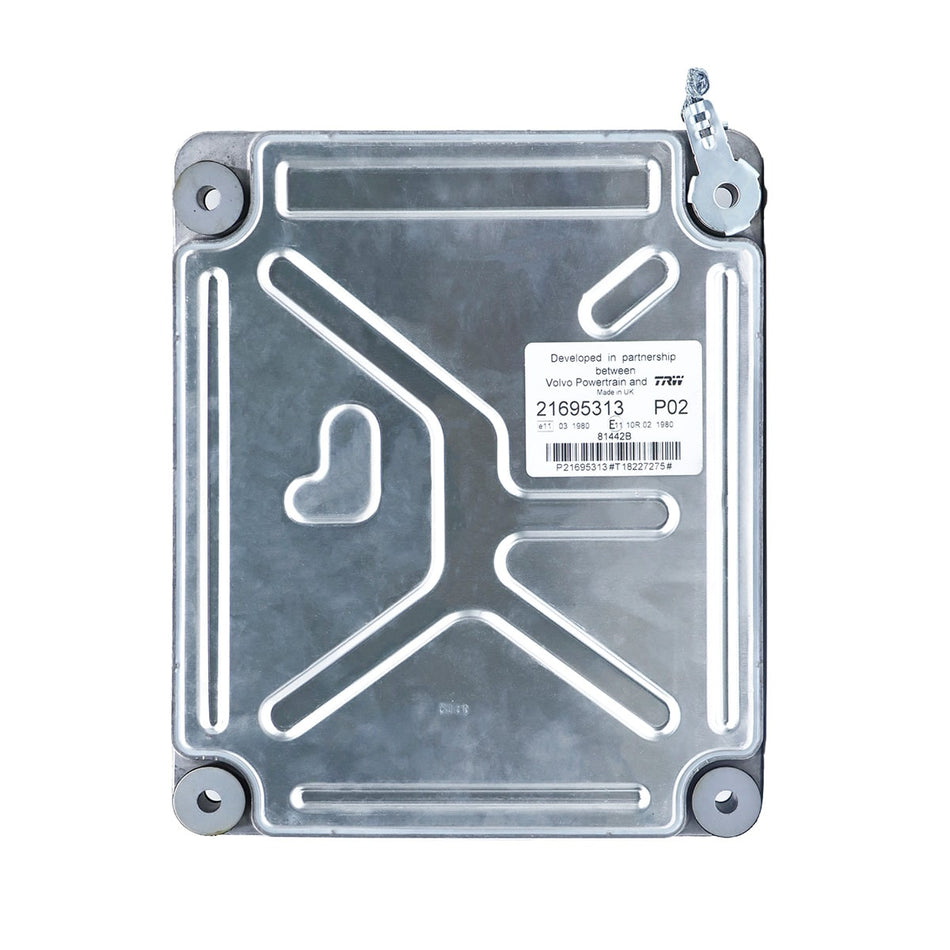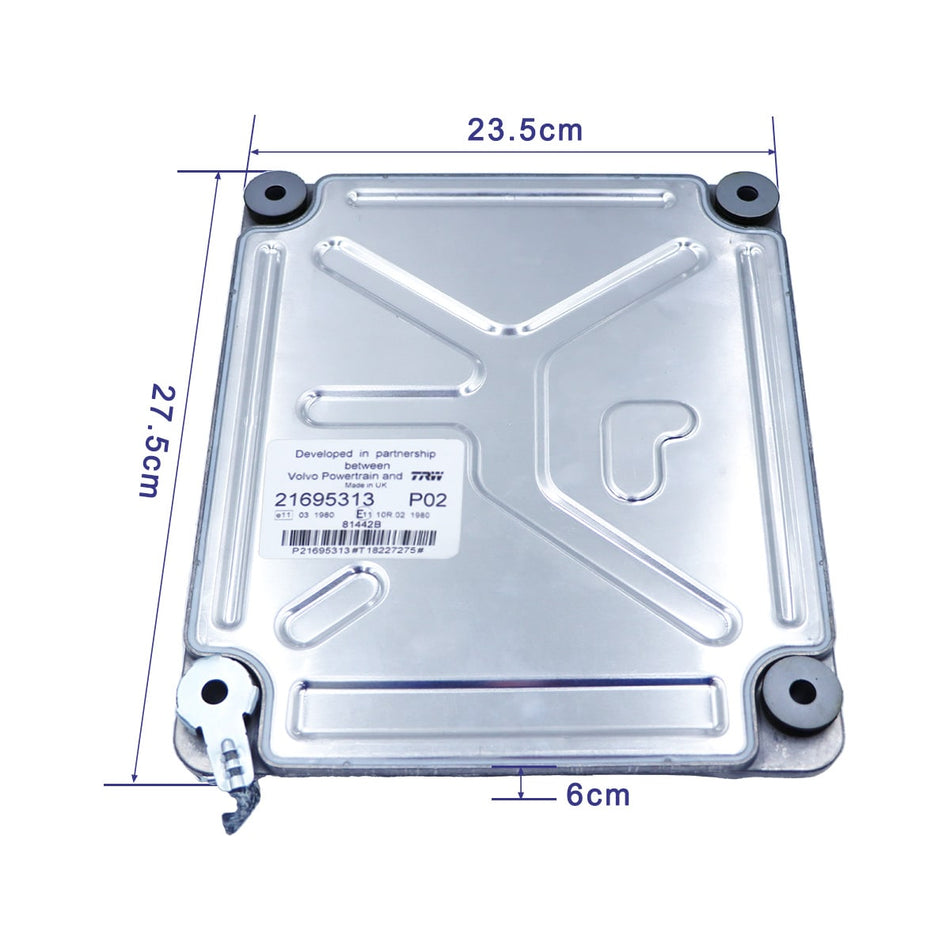The fuel shut-off solenoid controls the flow of fuel to the engine, turning it off when you turn off the ignition and stopping fuel flow to prevent the engine from running.
Ensuring the diesel engine's stable operation requires regular diagnosis of the fuel shut off solenoid to prevent unexpected incidents. Swiftly stopping the engine during emergencies reduces risks and ensures personnel safety during maintenance or inspections.
In this blog we share Symptoms Of Faulty Fuel Shut-Off Solenoid and trobuleshooting with you for a conference.
Sinocmp is a reputable brand in the heavy machinery industry, we supply nearly all kinds of CONSTRUCTION MACHINERY PARTS, such as Electrical Parts, Engine Parts, Hydraulic Parts, etc. If you need Fuel Shut-Off Solenoid, especially excavator solenoid valve, shop at sinocmp. We supply you high quality Solenoid Valves.
9 Symptoms Of Faulty Fuel Shut-Off Solenoid
Ensuring the stable operation of the diesel engine involves regular diagnosis of the fuel shut off solenoid to prevent unexpected incidents. Operators are able to swiftly stop the engine during emergencies, reducing risks and ensuring personnel safety during maintenance or inspections. Here are the signs to identify a faulty fuel shut-off solenoid.
Sudden Engine Shutdown:
The engine may abruptly shut down during operation. This occurs when the solenoid unexpectedly cuts off the fuel supply to the engine, leading to an immediate stop.
Troubleshooting:
When encountering a sudden engine shutdown, if the fuel shut-off solenoid is confirmed to be functioning properly, try restarting the fuel pump or resetting the relevant button switch. If the solenoid is faulty, it may need to be replaced or temporarily bypassed to restore engine operation.
Engine Start Failure / Cold Start Issues:
Difficulty starting the engine, especially in cold conditions, can indicate a faulty solenoid. The solenoid may fail to open, preventing fuel from reaching the engine and making it hard to start.
Troubleshooting:
To address engine start failure or cold start issues, follow these steps: First, turn off the engine and attempt to restart it. If the problem still exists, use a multimeter to check the battery voltage. Consider replacing the battery if necessary. Inspect the plunger, ensuring it is clean and the rubber boot is intact and not causing any obstructions.
Engine Stalling:
The engine may stall intermittently while running. This symptom arises when the solenoid fails to maintain a consistent fuel flow, causing the engine to lose power and stop.
Troubleshooting:
To address engine stalling, check fuel levels, inspect the fuel filter and air intake for obstructions, and examine ignition components for wear. Ensure the fuel shut-off solenoid operates correctly and check electrical connections. Clean or replace faulty components as needed to maintain smooth engine operation.
Unsteady Idling:
An unstable or irregular idle is a common symptom. The engine may rev up and down unpredictably if the solenoid is not regulating the fuel supply properly, leading to erratic idling.
Troubleshooting:
Begin by cleaning the air filter and fuel injectors, and then replace the spark plugs to maintain the best engine performance in order to tackle the problem of unsteady idling. If problems with idling continue, check the status of the fuel shut-off solenoid, and if needed, replace any defective coils.
Unusual Noises:
You may hear unusual noises, such as clicking or rushing sounds, coming from the engine area. These noises can be attributed to the malfunctioning solenoid struggling to operate correctly.
Troubleshooting:
When dealing with odd sounds, the first step is to check the panel for any loose connections to the solenoid. Humming noises can result from dirt or wear on the armature. Thoroughly clean the solenoid to address the problem. If the issue continues, think about replacing the solenoid to solve the noise.
Excessive Smoke:
A faulty solenoid can cause improper fuel combustion, leading to excessive smoke from the exhaust. This is usually a sign of an imbalance in the air-fuel mixture due to inconsistent fuel delivery.
Troubleshooting:
It's important to check if the solenoid valve is not excessively hot or emitting smoke to address excessive smoke. If these signs are present, disconnect it immediately, as they could indicate incorrect voltage or power supply issues that pose a risk of bodily harm or system damage if not corrected promptly.After that, make sure to clean the fuel filters and confirm that the oil and gas tank are adequately filled. If the problem continues, replacing the solenoid component is the most effective solution.
Poor Acceleration:
The engine may experience sluggish or poor acceleration. This symptom occurs because the solenoid is not providing a steady fuel supply, resulting in reduced engine performance during acceleration.
Troubleshooting:
To troubleshoot poor acceleration, start by disconnecting the solenoid and testing its performance by connecting it directly to a power source. If the solenoid does not pass this test or exhibits indications of malfunction, install a new fuel shut-off solenoid to replace the faulty one. It will guarantee appropriate regulation of fuel flow to enhance engine acceleration and overall efficiency.
Fuel Leakage:
Visible fuel leaks around the solenoid area indicate a problem. This can be due to a damaged or malfunctioning solenoid that is not sealing correctly, causing fuel to leak out.
Troubleshooting:
Inspect the valve for debris that might cause improper sealing to address fuel leakage. Pipe tape, dirt, or hard water deposits are common culprits. Thoroughly clean the valve to eliminate any obstructions. Make sure to securely tighten and seal all components to prevent future leaks. Replace any damaged or worn-out parts if necessary to maintain a secure and leak-free fuel system.
Valve Not Opening or Closing:
The solenoid valve may get stuck, either open or closed. When the valve does not open, it prevents fuel from entering the engine, leading to start failures and stalling. Conversely, if the valve does not close, it can cause the engine to run uncontrollably or lead to fuel wastage.
Troubleshooting:
Start by disconnecting the solenoid to check if it operates properly when tested with a battery to see if the plunger moves as it should. Make sure that the power supply gives the right voltage and current. Confirm that all connections are tight and without any corrosion. Thoroughly clean the system to eliminate any dirt or debris that might obstruct its operation. If the solenoid doesn't work correctly during testing or inspection, replace it with a new one to restore the valve's proper functioning.
What Can Damage A Solenoid Valve?
A solenoid valve can be damaged by several factors, including electrical issues such as incorrect voltage or poor connections, accumulation of dirt and debris, corrosion from exposure to harsh environments, mechanical wear and tear, poor fluid quality, improper installation, overheating, excessive pressure, and exposure to incompatible chemicals.
Can You Drive With A Bad Solenoid?
It is not recommended to drive with a faulty solenoid as it can cause problems like starting difficulty, stalling, poor acceleration, or unexpected engine shutdown. These issues can impact safe the performance of your equipment. If you suspect a defective solenoid, it is advisable to have it examined and changed by a professional to guarantee the secure and dependable operation of your equipment.
If you find the signs of faulty fuel shut off valve, such as engine stalling, unsteady idling, Poor acceleration... It recommends having a professional inspect and replace it to ensure that your equipment operates safely and reliably. If you need excavator solenoid valve, sinocmp can supply you affordable good products.









